Actual COVID-19 infections are up to 13 times higher than reported cases in some states, CDC says

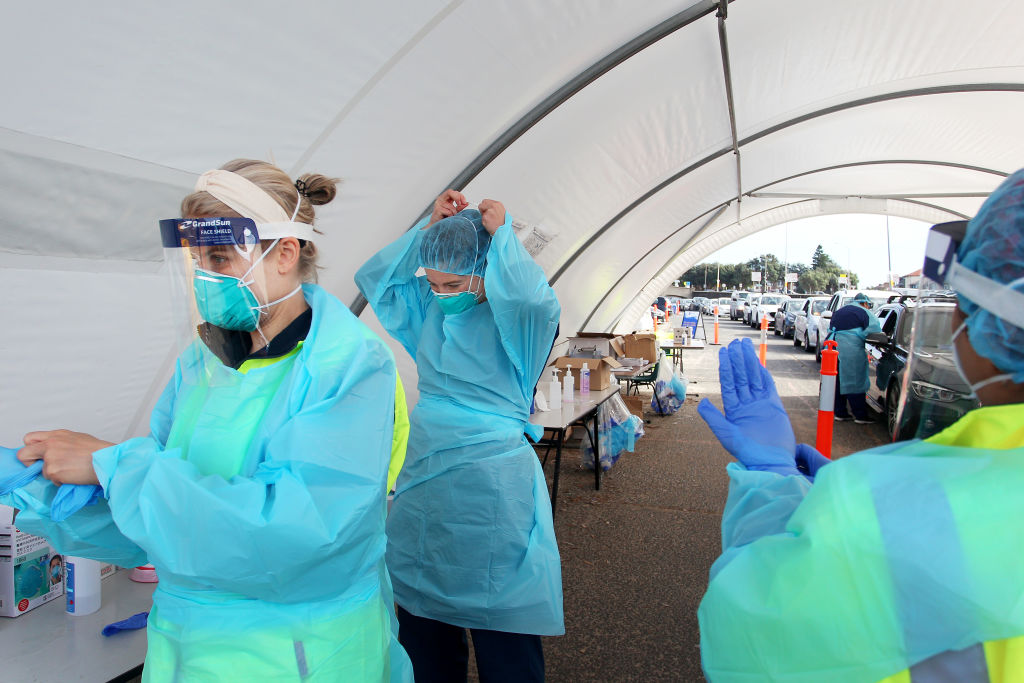
The number of Americans infected with the COVID-19 coronavirus is anywhere from two times higher than the reported rate to 13 times higher, depending on the area of the U.S., the Centers for Disease Control and Prevention reported Tuesday in the journal JAMA Internal Medicine. The report is based on an analysis of antibody tests, which indicate whether a person has been infected, and it's the largest of its kind so far. The U.S. has 3.9 million reported COVID-19 cases and 142,000 deaths, according to data from Johns Hopkins University.
About 40 percent of people infected with the new virus never develop symptoms, and they can spread the disease throughout a community without even knowing it. Increased testing would catch some of these silent spreaders and help contain the disease, The New York Times says.
Researchers have also narrowed down their calculation of how deadly COVID-19 is, estimating now that between 5 and 10 people of every 1,000 infected with the coronavirus will die from it, The Wall Street Journal reports. That fatality rate, between 0.5 and 1.0 percent, makes COVID-19 much deadlier than the seasonal flu and less dangerous than Ebola and other recently discovered infectious diseases.
The Week
Escape your echo chamber. Get the facts behind the news, plus analysis from multiple perspectives.

Sign up for The Week's Free Newsletters
From our morning news briefing to a weekly Good News Newsletter, get the best of The Week delivered directly to your inbox.
From our morning news briefing to a weekly Good News Newsletter, get the best of The Week delivered directly to your inbox.
"It's not just what the infection-fatality rate is, it's also how contagious the disease is, and COVID is very contagious," Eric Toner, an emergency medicine physician and senior scholar at Johns Hopkins Center for Health Security, tells the Journal. "It's the combination of the fatality rate and the infectiousness that makes this such a dangerous disease."
A free daily email with the biggest news stories of the day – and the best features from TheWeek.com
Peter has worked as a news and culture writer and editor at The Week since the site's launch in 2008. He covers politics, world affairs, religion and cultural currents. His journalism career began as a copy editor at a financial newswire and has included editorial positions at The New York Times Magazine, Facts on File, and Oregon State University.
-
 Death in Minneapolis: a shooting dividing the US
Death in Minneapolis: a shooting dividing the USIn the Spotlight Federal response to Renee Good’s shooting suggest priority is ‘vilifying Trump’s perceived enemies rather than informing the public’
-
 5 hilariously chilling cartoons about Trump’s plan to invade Greenland
5 hilariously chilling cartoons about Trump’s plan to invade GreenlandCartoons Artists take on misdirection, the need for Greenland, and more
-
 Iran in flames: will the regime be toppled?
Iran in flames: will the regime be toppled?In Depth The moral case for removing the ayatollahs is clear, but what a post-regime Iran would look like is anything but
-
 Trump HHS slashes advised child vaccinations
Trump HHS slashes advised child vaccinationsSpeed Read In a widely condemned move, the CDC will now recommend that children get vaccinated against 11 communicable diseases, not 17
-
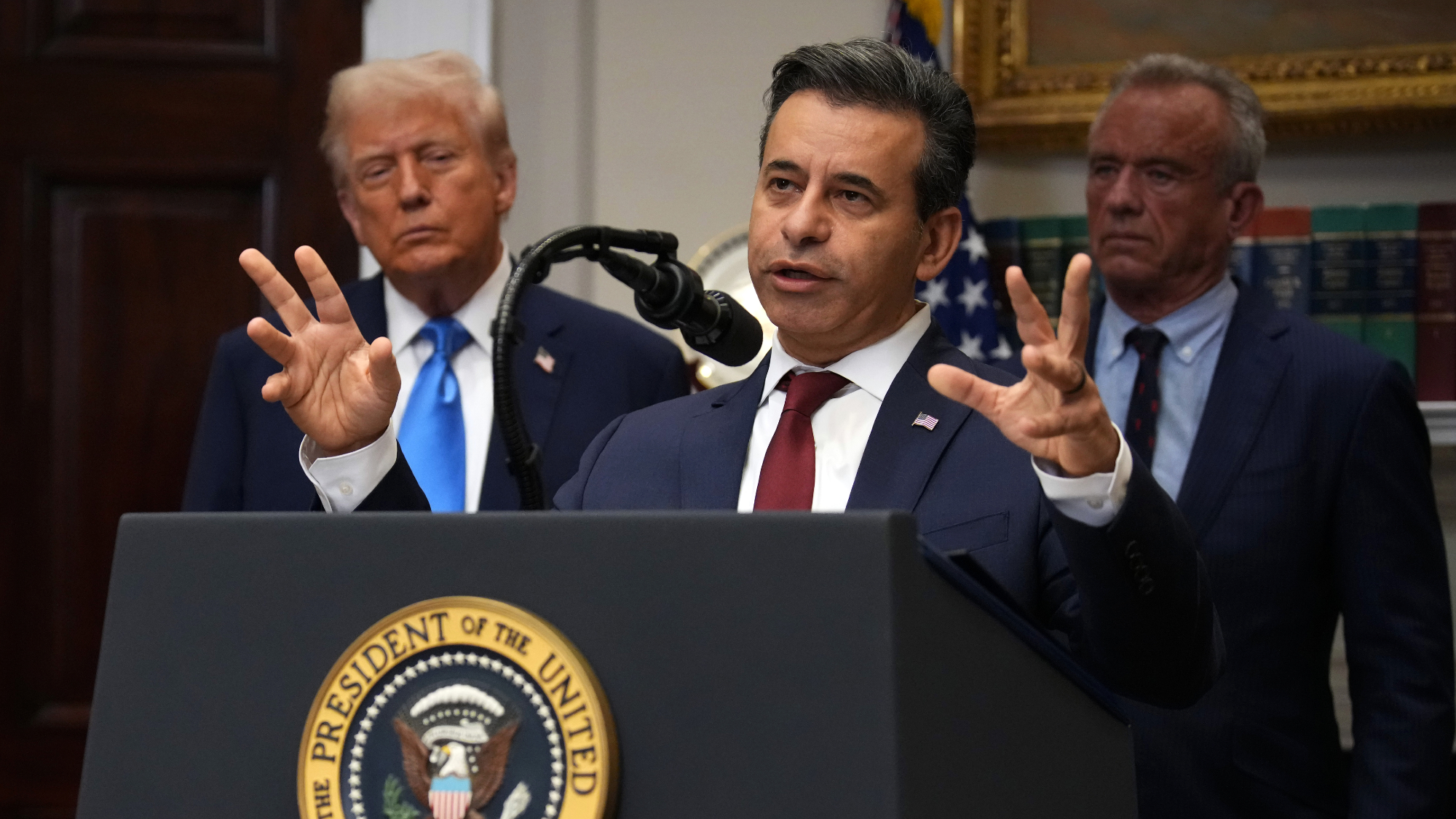 FDA OKs generic abortion pill, riling the right
FDA OKs generic abortion pill, riling the rightSpeed Read The drug in question is a generic version of mifepristone, used to carry out two-thirds of US abortions
-
 RFK Jr. vaccine panel advises restricting MMRV shot
RFK Jr. vaccine panel advises restricting MMRV shotSpeed Read The committee voted to restrict access to a childhood vaccine against chickenpox
-
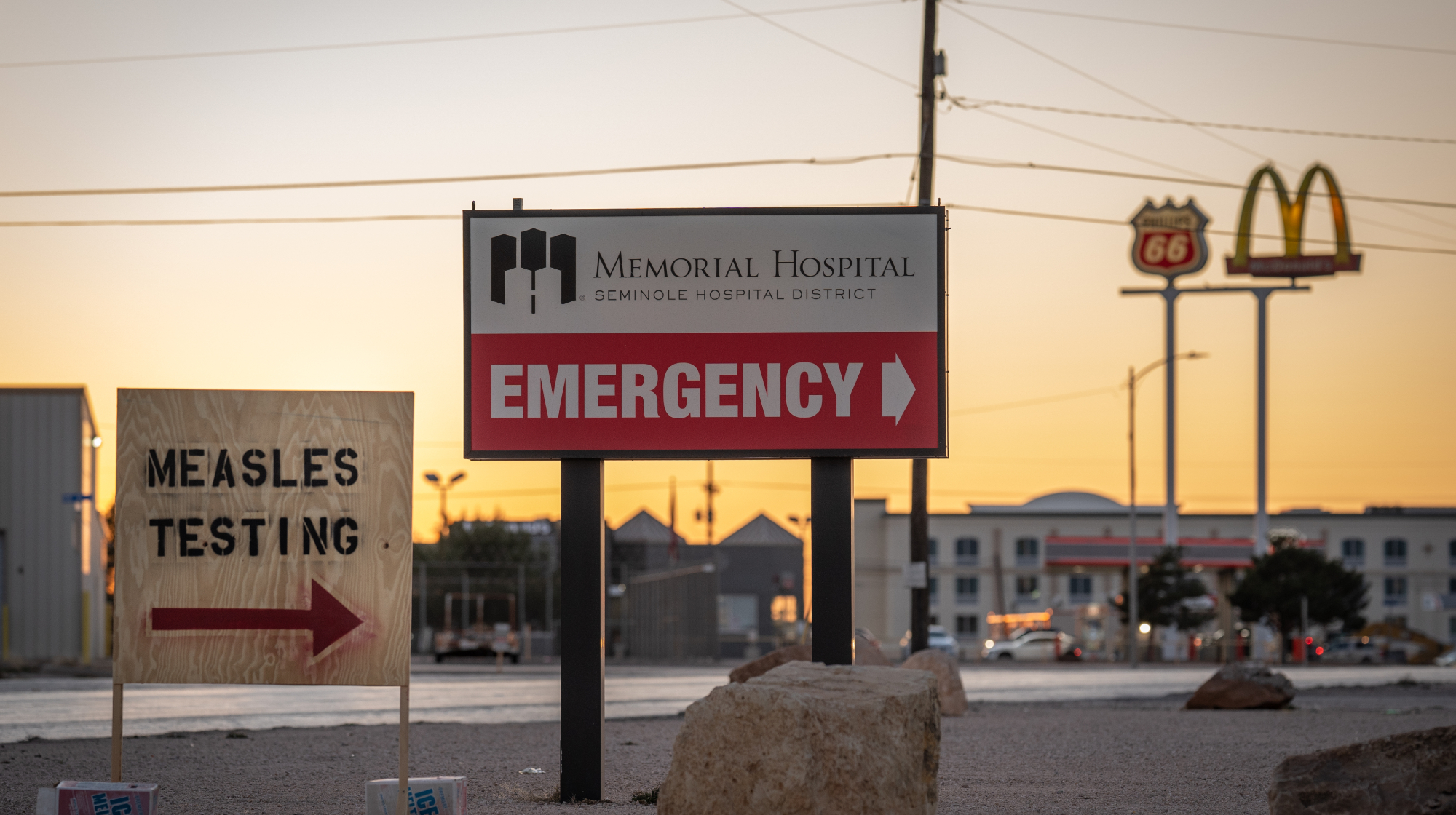 Texas declares end to measles outbreak
Texas declares end to measles outbreakSpeed Read The vaccine-preventable disease is still spreading in neighboring states, Mexico and Canada
-
 RFK Jr. shuts down mRNA vaccine funding at agency
RFK Jr. shuts down mRNA vaccine funding at agencySpeed Read The decision canceled or modified 22 projects, primarily for work on vaccines and therapeutics for respiratory viruses
-
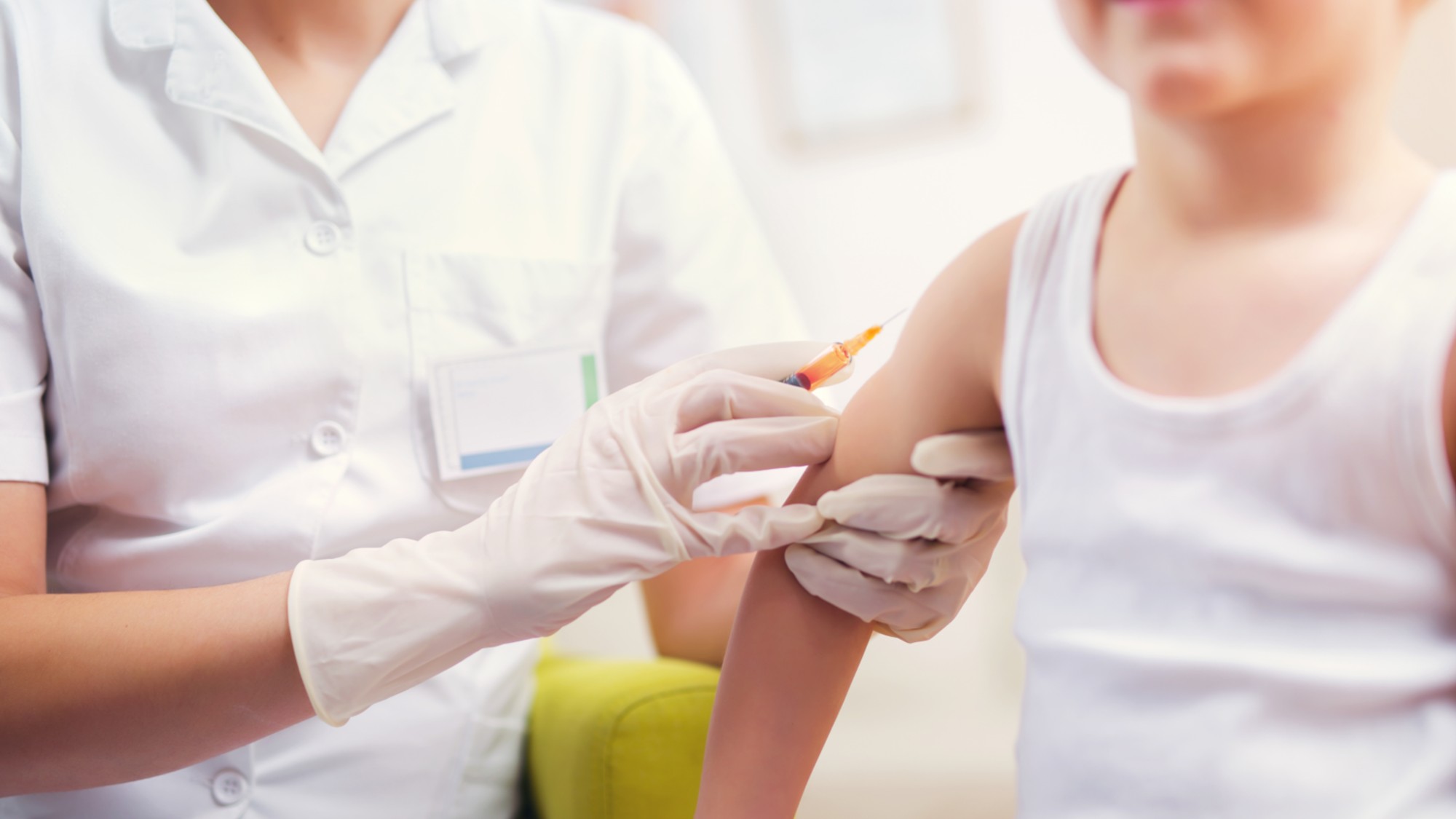 Measles cases surge to 33-year high
Measles cases surge to 33-year highSpeed Read The infection was declared eliminated from the US in 2000 but has seen a resurgence amid vaccine hesitancy
-
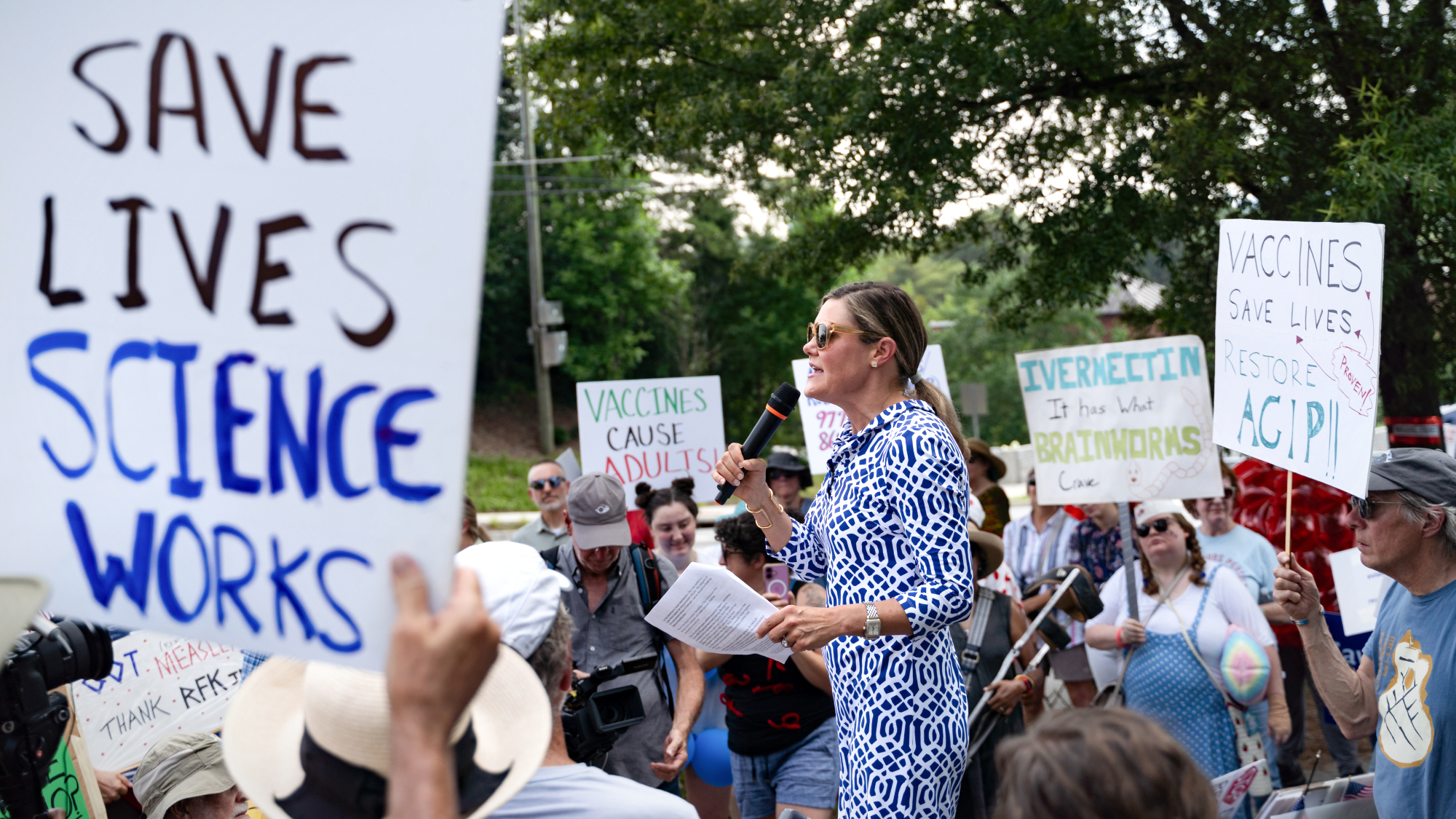 Kennedy's vaccine panel signals skepticism, change
Kennedy's vaccine panel signals skepticism, changeSpeed Read RFK Jr.'s new vaccine advisory board intends to make changes to the decades-old US immunization system
-
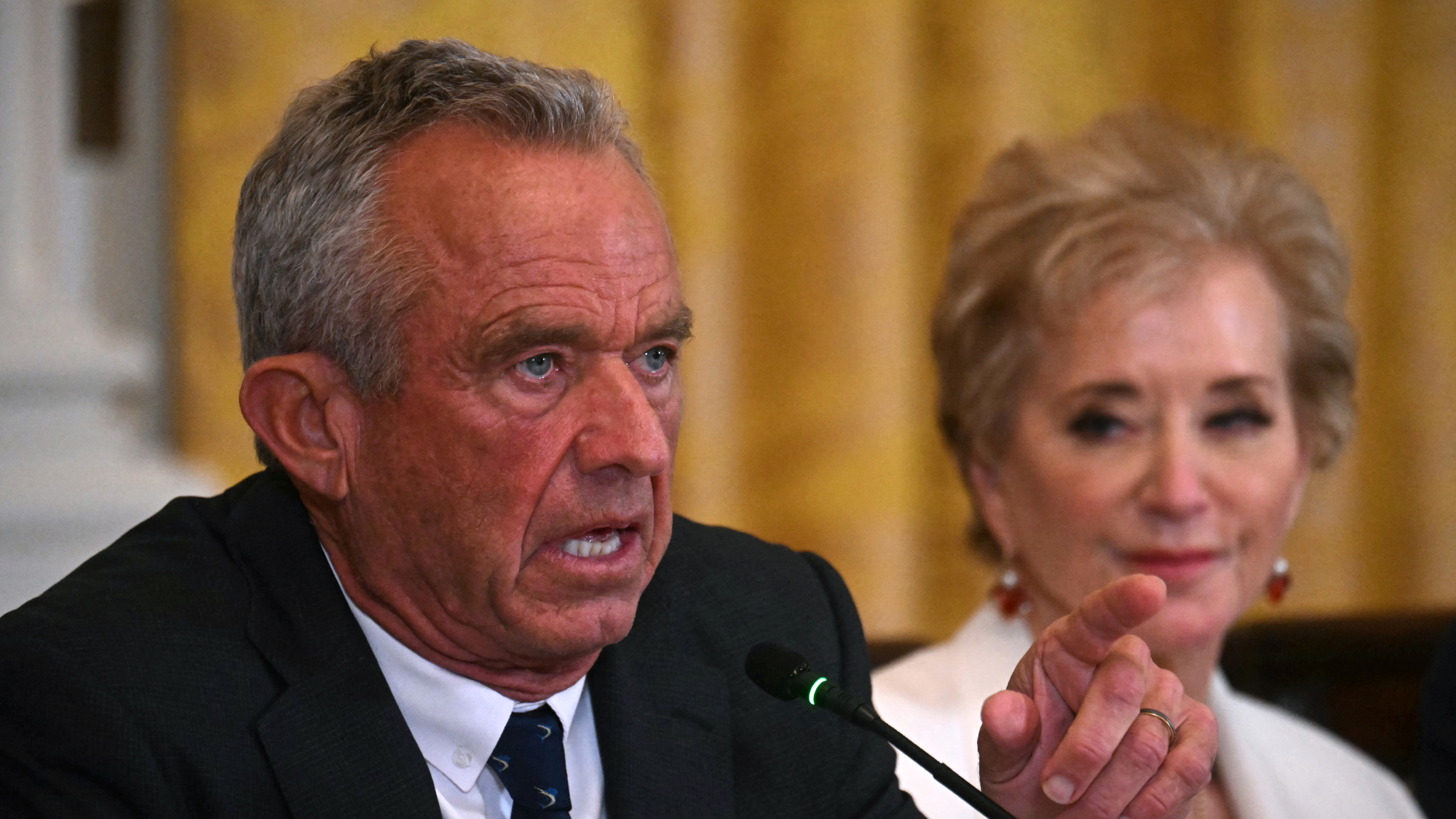 Kennedy ousts entire CDC vaccine advisory panel
Kennedy ousts entire CDC vaccine advisory panelspeed read Health Secretary RFK Jr. is a longtime anti-vaccine activist who has criticized the panel of experts
